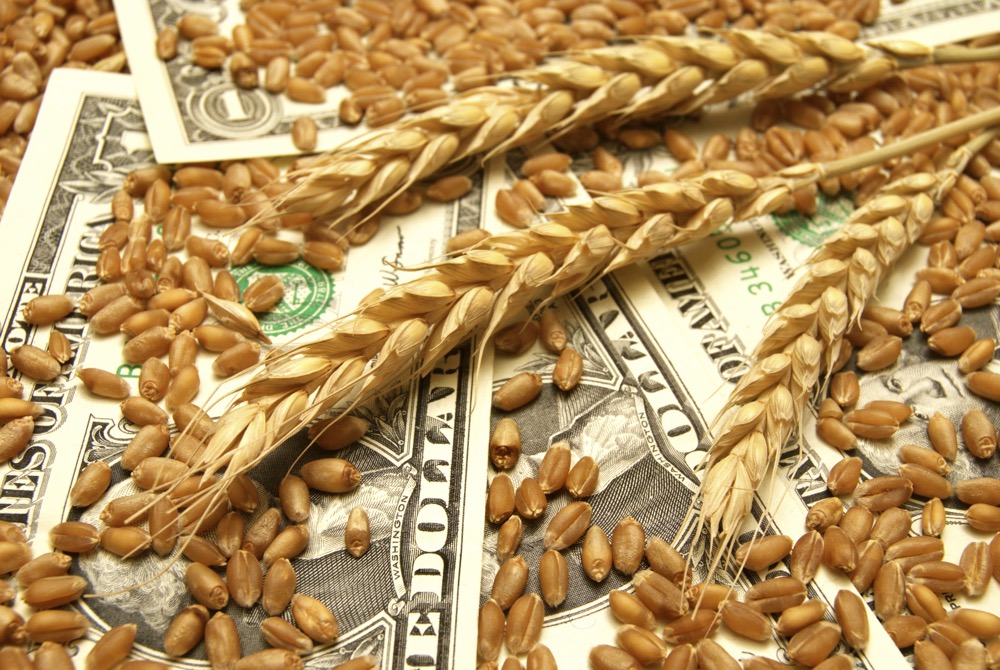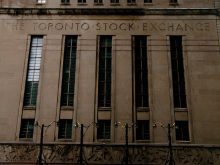Since the Board Room Bully took over in Washington in November, promising to revitalize the U.S. economy and provide more jobs and opportunities for Americans, we have seen a change in attitudes in the markets.
Just after the election, we saw the U.S. dollar index jump to historic levels, based on hopes that Trump’s plans for economic prosperity would become reality. Shortly after, the U.S. dollar index hit a high of 103.750 on January 3, 2017, it began to fall. Those in the Oval Office looked like they didn’t know what they were doing and the economic plan to Make America Great Again looked more like a runaway train headed for a wreck. For the past six months, the U.S. dollar has been on a roller coaster ride of up $0.0425, down $0.04, up $0.03, down $0.04.
Read Also

Gentle treatments for pain in the neck
Heading toward year-end, people unknowingly tense up against the cold and busyness, causing neck pain that can often be treated with appropriate support and gentle mobility, athletic therapist Kathlyn Hossack says.
A volatile fluctuating currency creates a difficult situation for manufacturers. Their costs fluctuate continually, which means their product selling price also changes. In a world trade environment, this can put manufacturers in a very uncompetitive situation. A volatile dollar also impacts the world grain trade. The U.S. is one of the world’s major grain exporters. When the U.S. dollar is high, U.S. grain selling prices drop to compete against sellers in grain-growing countries whose currencies are lower against the U.S. dollar.
This price drop only has a real direct effect on one segment in the supply chain: the primary producer.
Grain companies bid on sales based on current world market prices. Once a sale is made, they’ll adjust bid prices to reflect currency values and manage currency fluctuation.
Primary producers are left with all of the currency volatility risk. The farmer’s choice is to whether or not to sell at the offered price. When selling grain is the only way to generate revenue, there is little choice.
Hedging the risk
The U.S. futures markets allow American farmers to hedge their grains and their currency risk. Some farmers use these marketing tools to help manage their risk and lock in profitability, but these contracts are not cheap and many producers either do not know how to use futures contracts or can’t afford the costs of putting contracts in place.
Canadian grain producers have been fortunate. When the U.S. dollar is high the Canadian dollar is low and that certainly helps to keep Canadian grains price competitive in the world market, allowing us to sell our grains at market prices with transactions done in U.S. dollars. Taking the currency change into consideration, returns to Canadian producers have been most often profitable for most farms over the past few years.
The bad news, of course, is that Canadian farmers buying machinery or inputs produced outside of Canada pay an extra 30 per cent with a lower dollar. This gets expensive and reduces farm profitability.
In a volatile currency market, some of the volatility leaks over into other markets such as grains; futures markets can get very bouncy. Producers who watch markets or want to reduce their risk and lock in profitable prices have limited options. They either do pre-pricing contracts or options or futures contracts (only on canola, in Canada.)
If you want to buy options or futures contracts for wheat you have to use U.S. futures markets. With currency markets as volatile as they have been for the past months, you would face a real risk of currency changes severely impacting your futures trade. You also need to consider doing a currency hedge to protect your grain hedge position, but this is not cheap.
Many producers likely don’t understand hedging well enough to feel comfortable doing a grain and currency hedge strategy. This mans they are left gambling on pricing grain at the elevator.
The bigger risk is that if the Canadian dollar was to rise dramatically, net returns on Canadian farmers’ wheat sales could fall dramatically. You would have no way to limit the damage this could do to your farm’s bottom line if you don’t properly hedge all aspects that could impact your net returns.
















